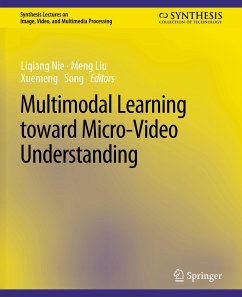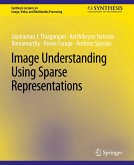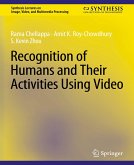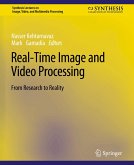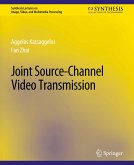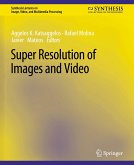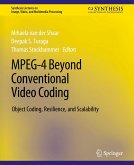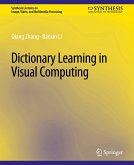Micro-videos, a new form of user-generated contents, have been spreading widely across various social platforms, such as Vine, Kuaishou, and Tik Tok. Different from traditional long videos, micro-videos are usually recorded by smart mobile devices at any place within a few seconds. Due to its brevity and low bandwidth cost, micro-videos are gaining increasing user enthusiasm.The blossoming of micro-videos opens the door to the possibility of many promising applications, ranging from network content caching to online advertising. Thus, it is highly desirable to develop an effective scheme for the high-order micro-video understanding.
Micro-video understanding is, however, non-trivial due to the following challenges:(1) how to represent micro-videos that only convey one or few high-level themes or concepts; (2) how to utilize the hierarchical structure of the venue categories to guide the micro-video analysis; (3) how to alleviate the influence of low-quality caused by complex surrounding environments and the camera shake; (4) how to model the multimodal sequential data, {i.e.}, textual, acoustic, visual, and social modalities, to enhance the micro-video understanding; and (5) how to construct large-scale benchmark datasets for the analysis? These challenges have been largely unexplored to date.
In this book, we focus on addressing the challenges presented above by proposing some state-of-the-art multimodal learning theories. To demonstrate the effectiveness of these models, we apply them to three practical tasks of micro-video understanding: popularity prediction, venue category estimation, and micro-video routing. Particularly, we first build three large-scale real-world micro-video datasets for these practical tasks. We then present a multimodal transductive learning framework for micro-video popularity prediction. Furthermore, we introduce several multimodal cooperative learning approaches and a multimodal transfer learning scheme for micro-video venue category estimation. Meanwhile, we develop a multimodal sequential learning approach for micro-video recommendation. Finally, we conclude the book and figure out the future research directions in multimodal learning toward micro-video understanding.
Micro-video understanding is, however, non-trivial due to the following challenges:(1) how to represent micro-videos that only convey one or few high-level themes or concepts; (2) how to utilize the hierarchical structure of the venue categories to guide the micro-video analysis; (3) how to alleviate the influence of low-quality caused by complex surrounding environments and the camera shake; (4) how to model the multimodal sequential data, {i.e.}, textual, acoustic, visual, and social modalities, to enhance the micro-video understanding; and (5) how to construct large-scale benchmark datasets for the analysis? These challenges have been largely unexplored to date.
In this book, we focus on addressing the challenges presented above by proposing some state-of-the-art multimodal learning theories. To demonstrate the effectiveness of these models, we apply them to three practical tasks of micro-video understanding: popularity prediction, venue category estimation, and micro-video routing. Particularly, we first build three large-scale real-world micro-video datasets for these practical tasks. We then present a multimodal transductive learning framework for micro-video popularity prediction. Furthermore, we introduce several multimodal cooperative learning approaches and a multimodal transfer learning scheme for micro-video venue category estimation. Meanwhile, we develop a multimodal sequential learning approach for micro-video recommendation. Finally, we conclude the book and figure out the future research directions in multimodal learning toward micro-video understanding.

